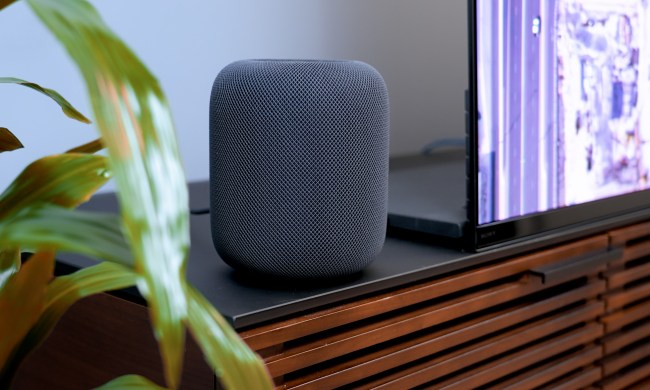Nanoleaf is patching its Thread-capable smart lights to include support for Apple HomeKit. The update is rolling out today for the company’s Shapes, Elements, and Lines products. Now you can manage the Thread network through your iPhone, iPad, or Mac using HomeKit.
Beyond Apple, the addition of Thread over HomeKit to the Nanoleaf suite also sets the stage for Matter, a smart home application layer that will span multiple manufacturers. This whole update is good news for interoperability.

Thread is a mesh wireless standard that aims to reduce response times and ditch separate hardware hubs in the smart home. Thread is built on IPv6, so it’s using the same language your Wi-Fi router is already talking in. The mesh nature of the network means the more Thread devices you have at home, the stronger the network gets. Messages hop from one device to the next until they reach their destination. If one device leaves the network, it’s no biggie as data can just flow through another. The standard is built very specifically for low-energy, always-on devices, even those that are battery-powered.
These three families of Nanoleaf lights already had Thread border routing as of a few months ago. This allows them to effectively be the hubs that connect the rest of your Thread smart home devices to your home Wi-Fi network. To exist at all, Thread networks need a border router to do this job, and the pool of devices able to do it is still relatively small. Having a few extra border routers is helpful for redundancy. There’s a lot more to how Thread works, if you’re curious.
On the whole, being able to manage your Thread network through HomeKit should offer quite a bit of convenience. To update your existing Nanoleaf lights, tap the More icon in the bottom-right of the Nanoleaf app, and check Firmware Updates.



